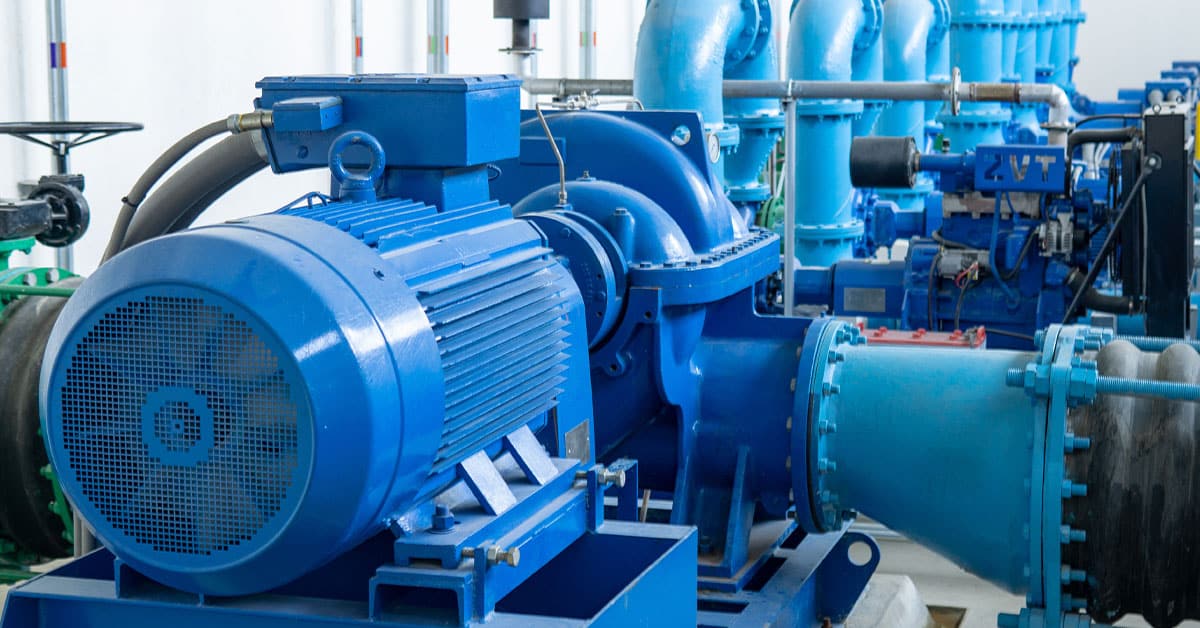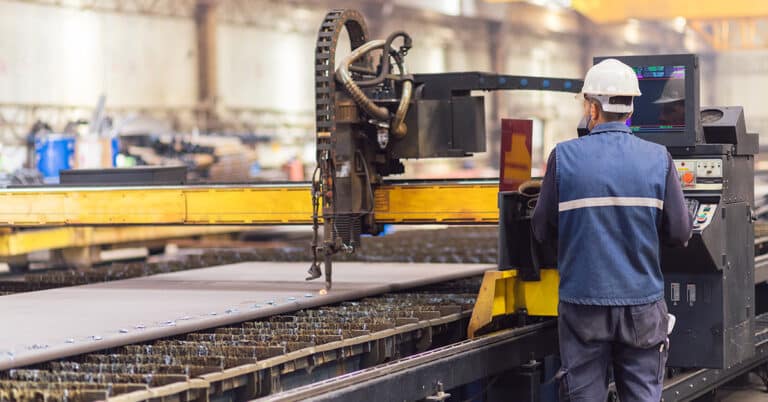Manufacturing technology today offers more access to real-time performance metrics and monitoring than ever before. Why is this important? With more data on hand — delivered in real-time, as equipment operates — manufacturers have more tools at their disposal to make operational decisions, reduce downtime and protect equipment from failure, malfunction and damage.
AC current sensors are one such tool, measuring the electrical current flowing through a circuit, with the ability to facilitate alarms and automatic shutoff in cases of overload and other adverse scenarios.
How does a current sensor work? An AC current sensor operates on the basis of the Hall effect, producing a magnetic field directly related to current strength, which is then amplified to provide an output measurement. This measurement forms the basis for any alerts and automated shutdown controls. There are numerous types of current sensors available based on this principle, which we will explore in greater depth next.
Types of AC current sensors
Now that we have answered the question “What is a current sensor?” we can examine different types of construction and format for AC current sensors.
The two primary types of AC current sensor are open loop and closed loop sensors. Open loop sensors are driven by a Hall effect sensor placed in the air gap of a magnetic core, while closed loop sensors use a Hall effect generator in the air gap of a magnetic core, along with a coil around the core and a current amplifier.
Both types of sensors offer electrical isolation between the circuit and the output. Open loop sensors are generally lower cost, offering high accuracy and low power consumption, with potential risk for saturation and temperature drift. Closed loop sensors are resistant to drift and offer high linearity along with fast response times.
AC current sensor applications
AC current sensors can fulfill many applications in industrial facilities, offering extensive utility for any machinery or equipment that incorporates an electric motor. Current sensors can protect motors from overload, shutdown and damage by detecting excessive current conditions and triggering an alert. Sensors can also enable automatic shutdown — one of the most effective ways to prevent damage and the need for replacement motors. Even small, relatively inexpensive motors can negatively impact the bottom line if they lead to equipment downtime and require frequent maintenance and replacement.
Current sensors in predictive maintenance
An effective predictive maintenance implementation can lead to cost savings, increased uptime, better performance for customers, and overall productivity and success metric improvements. This is because predictive maintenance uses real-time data to drive targeted decision-making with the flexibility to troubleshoot and take action without emergency shutdowns, but well before equipment malfunctions.
Current sensors play a role in predictive maintenance by enabling real-time monitoring of current. Beyond the ability to shut down equipment if an overload scenario occurs, in a predictive maintenance framework, current sensors can be used to identify the earliest signs of potential failure states. The more data collected, the more accurate and effective these readings will be.
In a true predictive maintenance implementation, equipment and technicians use predictive maintenance analytics to be alerted not only to imminent overloads, but to patterns that indicate that overloads are developing. This allows technicians to take preliminary action and schedule diagnostics and potential action. By reducing or eliminating a “run to failure” approach, predictive maintenance can also reduce inventory costs and extend the lifespan of equipment and components.
The ATS difference
Current sensors are just one component of an effective condition monitoring plan. By using current sensors in conjunction with other industrial maintenance sensors such as vibration, temperature, pressure and more, your facility and technicians can be prepared to address any potential maintenance challenges well before they lead to unplanned downtime and lost productivity. To learn more, contact ATS today.






